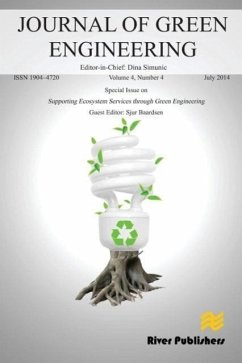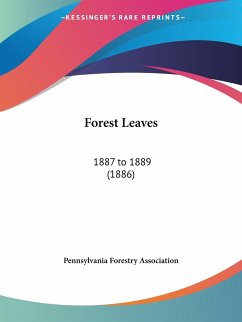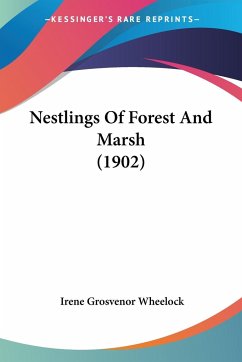
Journal of GreeN ENGINEERING Volume 4, No. 4 (Special Issue
Supporting Ecosystem Services through Green Engineering)
Herausgeber: Baardsen, Sjur
Versandkostenfrei!
Versandfertig in 1-2 Wochen
42,99 €
inkl. MwSt.

PAYBACK Punkte
21 °P sammeln!
In this special issue, we invited papers that deal with how Green Engineering may contribute to and enhance Ecosystem Services.We did so being well aware of the challenges inherent in the fact that this is a new approach, trying to bring together the two established concepts Green Engineering and Ecosystem Services. The result is promising, although we note that this is new to the scientific society, and thus that submitted papers tend to integrate the concepts less than we may had hoped for. Nonetheless, we regard this an important first step in the direction of more integrated research with ...
In this special issue, we invited papers that deal with how Green Engineering may contribute to and enhance Ecosystem Services.We did so being well aware of the challenges inherent in the fact that this is a new approach, trying to bring together the two established concepts Green Engineering and Ecosystem Services. The result is promising, although we note that this is new to the scientific society, and thus that submitted papers tend to integrate the concepts less than we may had hoped for. Nonetheless, we regard this an important first step in the direction of more integrated research with wider scopes. We also note that the majority of the papers come from Forest Engineering. This is natural, as the forest ecosystems dominate in Europe, and this Special Issue deals with the engineering aspects. Finally, we also received papers on policy development and implementation of policies related to Ecosystem Services. The Special Issue sets out with a paper by Adrian Enache and Karl Stampfer (Machine utilization rates, energy requirements and greenhouse gas emissions of forest roads construction and maintenance in Romanian mountain forests). They assessed the environmental footprints of forest roads in terms of embodied energy and greenhouse gas emissions due to construction and maintenance, applying Life Cycle Assessment and an input-output model for two study areas. They measured energy input and calculated CO2equivalents, and found that although road construction and maintenance are important sources of Green House Gas (GHG) emissions, these emissions are very minor when compared to the CO2equivalents stored in the growing stock of the opened forest areas. Terrain characteristics showed a strong influence on the amount of fuel consumption, on required energy input and onGHGemissions, leading to higher environmental burden and higher road construction costs.














